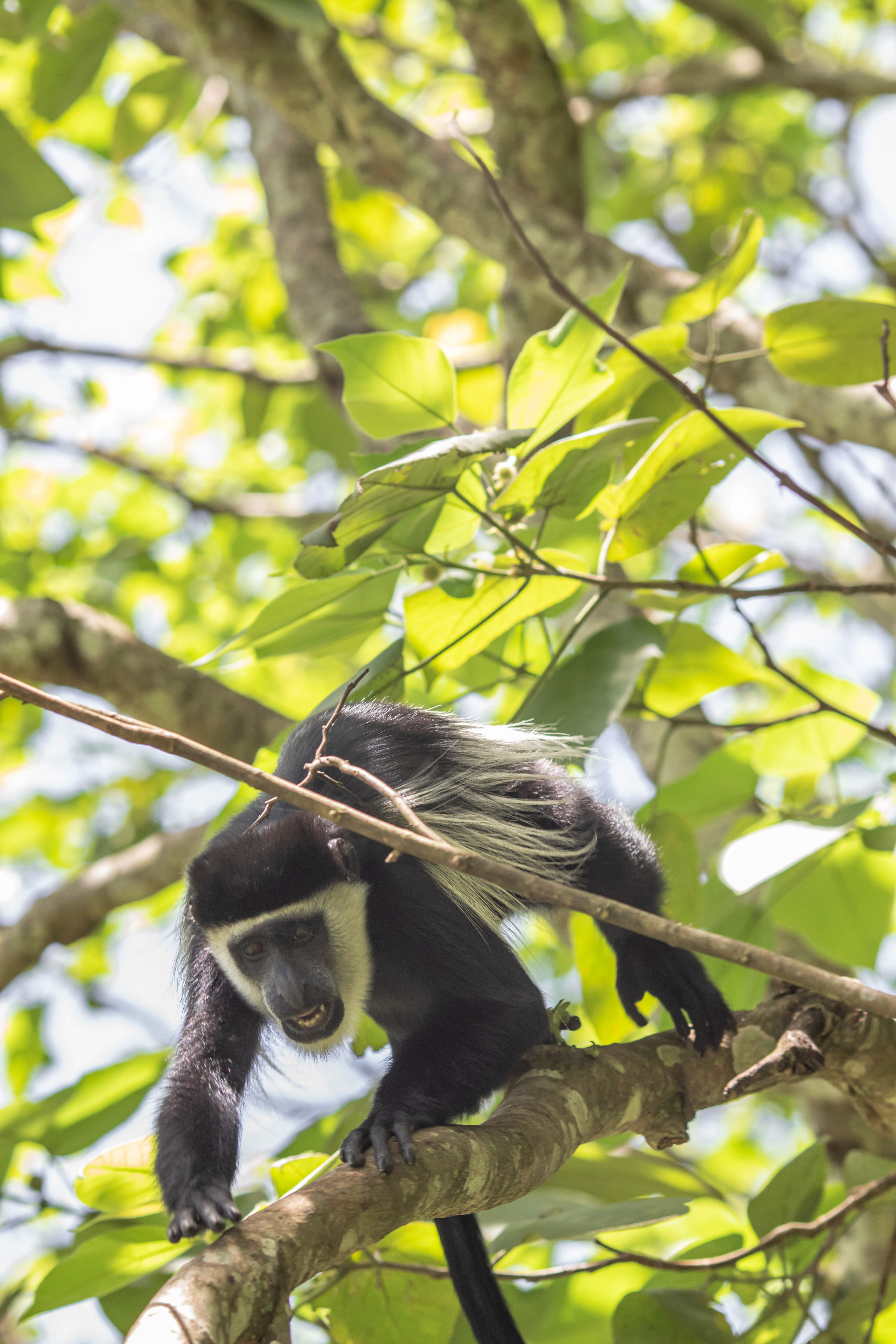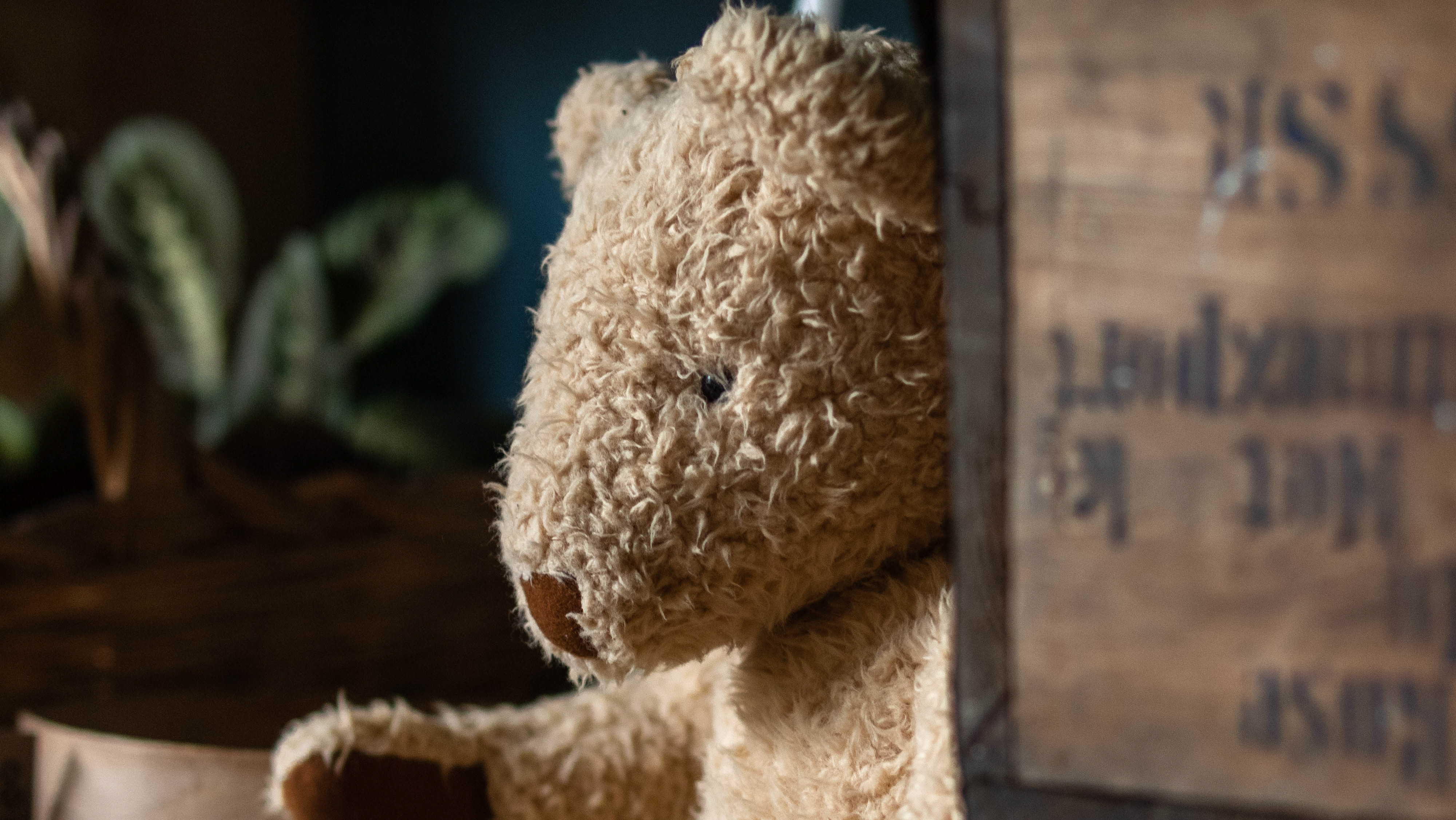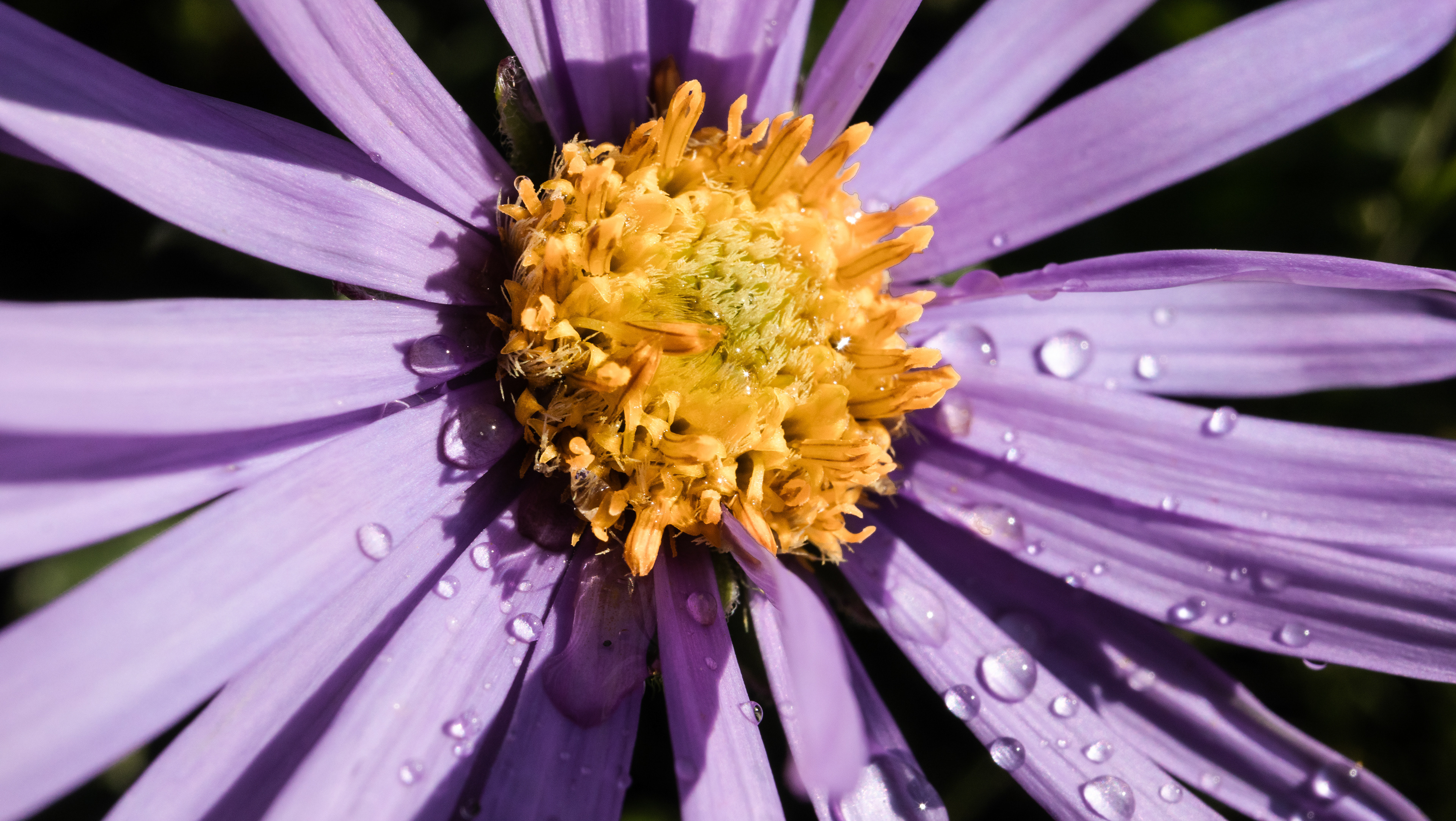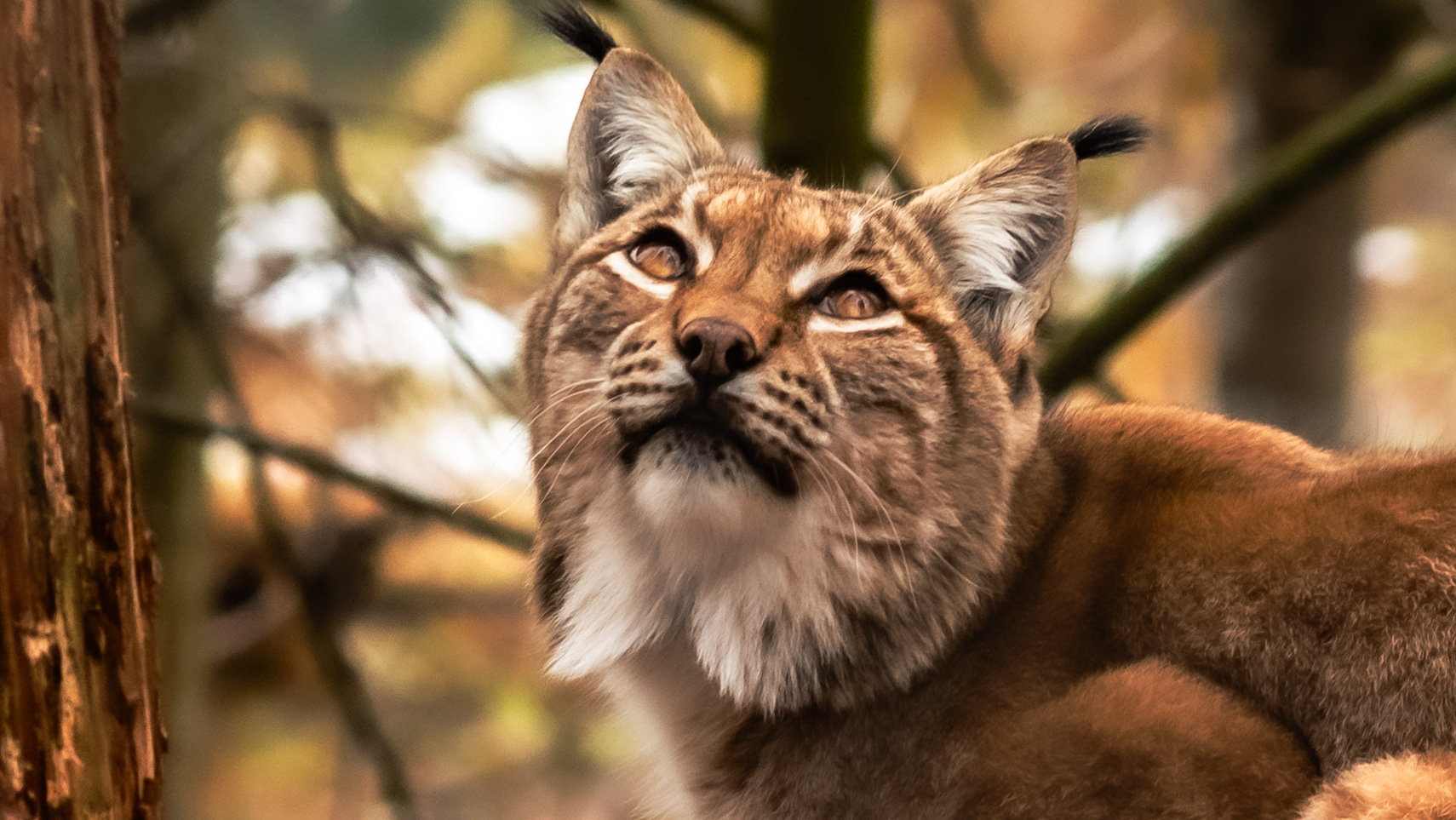When I was 10 years old I decided that I would become a biologist, specializing in ethology, which is the discipline that studies animal behavior. The dream of every child who wants to study animals is to go at least once in their life to Africa to finally observe the charismatic animals in books that inspire research and love of nature.
In April 2022 I had the opportunity to do my bachelor's work on animal behavior in Uganda, in the Budongo conservation field station.
Murchinson Falls National Park
During our first 3 days in Uganda, on the way to the research station, we had a stop at Murchinson Falls National Park.
In this wonderful park, which is the largest protected area in the country with its striking natural landscape, we ventured on a day-long safari with the typical minibus. Winding roads, bumps, slush, rain, and the wonder in our eyes at every meter.
After exploring the red lands of the park, we embarked on the Nile on an adventurous water safari surrounded by hippos and crocodiles.
Panthera pardus
Panthera leo
Aepyceros melampus
Syncerus caffer
Brachythemis leucosticta
Loxodonta africana
Hippopotamus amphibius
Giraffa camelopardalis
Erythrocebus patas
Budongo Conservation Field Station
We arrived at Budongo conservation field on April 13, 2022, where we would conduct our work, surrounded by charismatic and impressive wildlife. We spent 6 days armed with binoculars searching through the dense forest for groups of monkeys to observe in the high trees. Facing rains, armies of aggressive ants and cute primates urinating from above.
My research consisted of observing whether and to what extent the sense of smell played a role in two species of monkeys capable of trichromacy: Colobus guereza (folivorous) and Cercopithecus mitis stuhlmanni (frugivorous). Trichromacy allows seeing different combinations of three main colors: blue, red and green, and this vision is limited to humans, old world monkeys, some females of new world monkeys, and howler monkeys. The evolution of the visual sense and the increase of its importance in the species' ecology could influence the use of additional senses either in the social or nutritional context, such as smell, hearing, taste, or touch.
Only in the past few years, the role of olfaction in primates has gained more interest, but it has been evaluated mostly in relation to new world monkeys; research on old world monkeys is reduced where the role of the sense of smell is neglected with a tendency to research more on the visual aspect.
Pan troglodytes
Colobus guereza



Cercopithecus mitis stuhlmanni
Cercopithecus ascanius
Papio anubis









